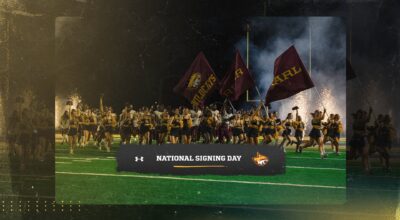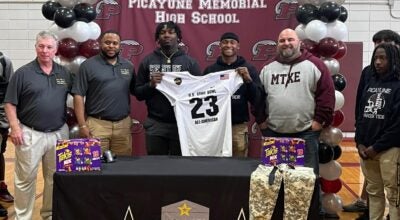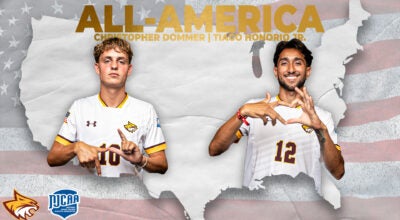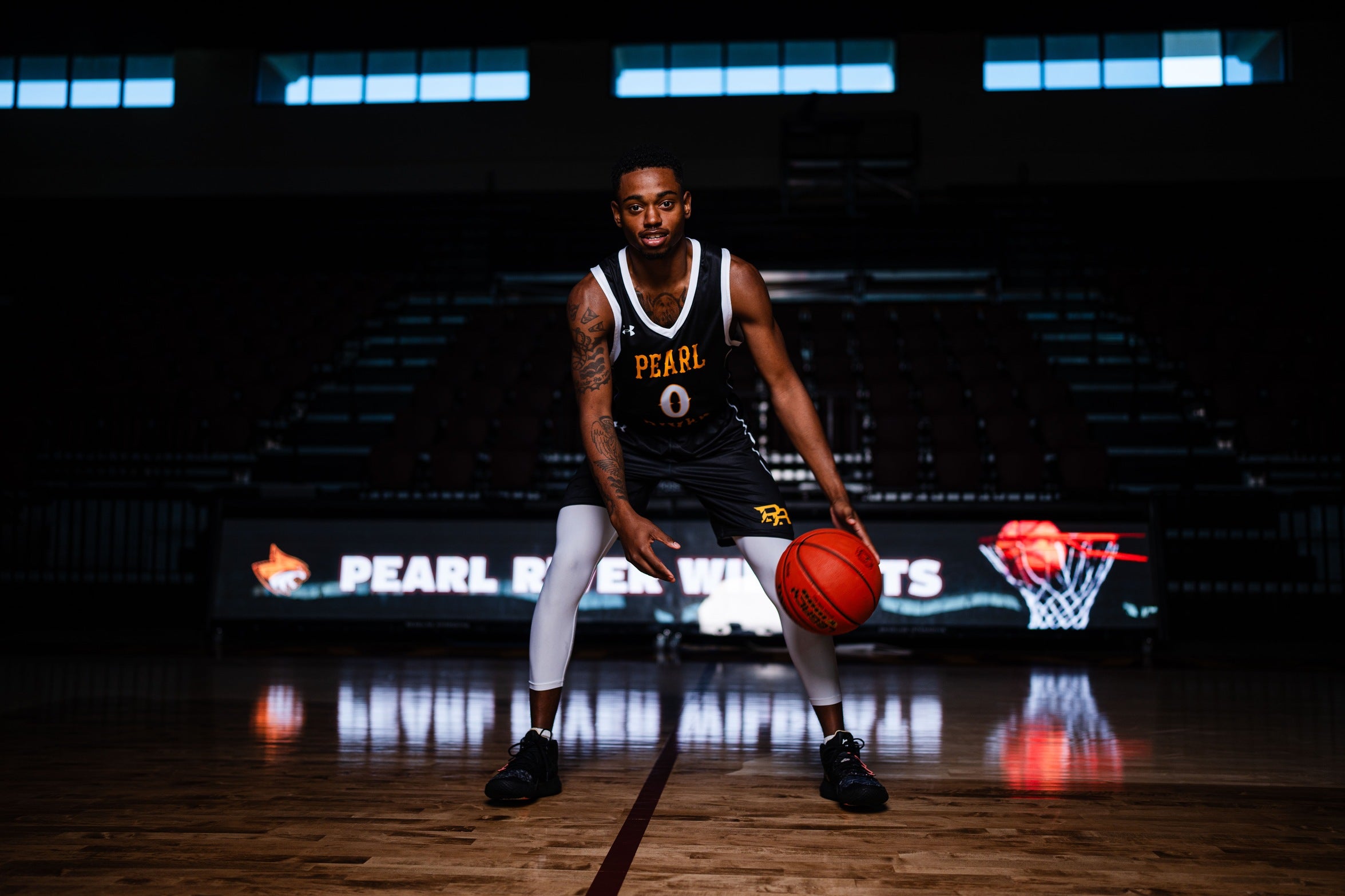MHSAA releases comprehensive guidelines for fall sports
Published 7:00 am Wednesday, August 12, 2020
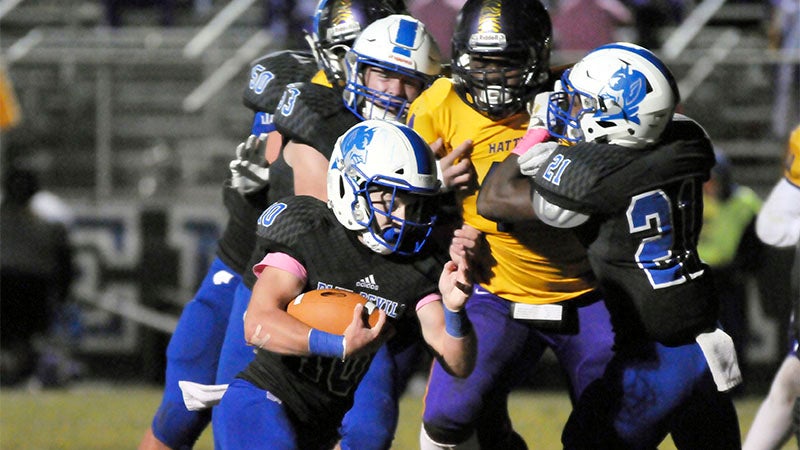
- Setting Standards: Athletes, coaches and other attending personnel will be expected to follow the MHSAA’s guidelines when competition starts for fall sports. File photo by Jonathan Mitchell.
The Mississippi High School Activities Association has released a comprehensive list of guidelines to enable the safe return of fall athletics.
The list states there are five strategies to be implemented by member schools in order to ensure the safety of athletes and limit the spread of COVID-19.
Strategy 1
Strategy one focuses on the education and preparation of students, coaches and administrators on COVID-19 related issues.
All facilities must have signage detailing the proper health protocols to follow, while coaches should meet with parents and athletes to detail the importance of reporting symptoms as quickly as possible in order to limit widespread infection. Coaches and administrators will be required to complete a basic education course on COVID-19, which is available on the MHSAA website, while also updating emergency action plans for each sport and venue.
Schools will also be expected to provide coaches and athletic medical staff with personal protection equipment such as masks, gloves and face shields.
Strategy 2
Strategy two focuses on the cleaning and disinfecting protocols to limit the spread of COVID-19.
Hand washing and hand sanitizer stations should be available at all venues for workouts, practices and games.
It’s also expected that all non-competing students, sideline personnel, officials and other attendees be masked at all times.
Competing athletes can wear a mask during competition if they chose to do so, but any athlete not competing is expected to be masked along with coaches and sideline personnel.
However, to minimize the possibility of a mask falling off or becoming a hazard, the MHSAA recommends athletes use a gaiter style mask that can be moved up to cover the face and nose at any time the athlete chooses.
Equipment changes, like shields for the inside of the facemask on football helmets, can be used but must be a National Federation of State High School Associations’ approved model.
Shared equipment, locker rooms and indoor practice areas are expected to be cleaned daily, and host schools will be responsible for providing a clean environment for visiting teams to use.
Strategy 3
Strategy three focuses on screening protocols to remove infected or exposed members from participation.
A log of participating students should be kept to enable contact tracing, and temperature checks should be a part of testing before participation in any activity.
Host schools are also expected to specify which entrances are for certain personnel groups like visiting teams, support personnel, officials, etc.
They’ll also be responsible for screening ticket takers, concession stand workers, security, media and volunteers, although the school can determine what method of screening they’ll use.
Strategy 4
Strategy four details the changes necessary to reduce exposure to those who are potentially asymptomatic.
A recommended way of doing this is to limit non-essential personnel at games and practices. There also should be no contact between fans, visiting teams and personnel before or after the game.
It’s recommended students be allowed to travel home from away games with parents or guardians as much as possible in order to limit the number of people on the bus. Designated areas should be set out for specific sets of personnel, and the dance and cheer teams should be separated from the team to allow for social distancing.
Water bottles should be set up for specific players, and if that isn’t possible then water a source that doesn’t require sharing between athletes is allowed.
Strategy 5
Strategy five outlines the isolation, contact reporting, quarantine and return to play policy.
Students who are positive for COVID-19 must undergo a 14-day isolation period, and will not be allowed return sooner even if they test negative before the 14 days are up.
The quarantine can be extended at a doctor’s order.
In order to return the guidelines state, “A written release from a physician (MD or DO) must be provided. The level of workup required for release will vary depending on the severity of the infection and symptoms, and will be left to the discretion of the physician.”
Once an athlete recovers after testing positive, they are exempt from the mandatory isolation, quarantine and return to play protocols because there hasn’t yet been a clinically proven case of a person being re-infected following exposure. Students can also be exempt from the isolation, quarantine and return to play protocols if they show documentary proof of COVID-19 infection, including a swab test, that occurred before the start of the 2020-2021 season.
The last portion of the statement details COVID-19 case reporting protocols, and states, “Member schools are required to report students, or coaches or administrators present at an event that came into contact with opposing students, coaches or administrators, with known or probable COVID cases on their team to any other member school they have competed or practiced against within the 48 hours prior to the student in question being tested or isolated for symptoms. This information needs to be reported within 12 hours of learning of symptoms or exposure.”
All protocols and guidelines are subject to alteration as the situation regarding COVID-19 changes, and the full list of guidelines can be found at www.misshsaa.com.


